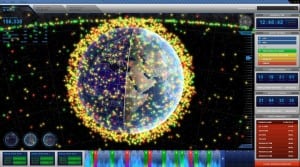
The Air Force is preparing to discontinue operations of its legacy Space Fence, known as the Air Force Space Surveillance System (AFSSS), despite previously pushing back the contract award for its new Space Fence due to sequestration-related budget cuts. The Air Force said yesterday shutting down AFSSS could save the service approximately $14 million per year starting in fiscal year 2014, or Oct. 1. By discontinuing operations, the AFSSS would not be maintained in operational status, but the service also…













